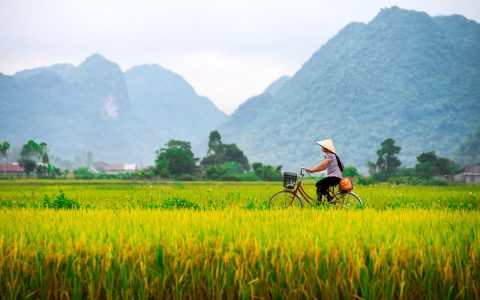Morning, Noon or Night: Vietnamese Tea
“Tuu sang, tra trua” is a Vietnamese saying that translates as “Drink wine in the morning and tea at noon.” While some people may skip the wine, nobody in Vietnam will pass up the tea—morning, noon, or night.
All gatherings begin and end with tea. It’s placed on ancestral altars, used in toasts, and served to all guests. At festivals, weddings, funerals, and business meetings, small cups of bitter Vietnamese green tea are passed around.
Vietnamese Tea Etiquette
When a visitor arrives, the host—no matter how busy—will stop, wash his or her hands, rinse the tea set, and prepare the tea. This is a traditional act of deference and hospitality, and no important subjects should be broached without sharing a cup of tea first. While Vietnam lacks a formal tea ceremony like those in China and Japan, there are a number of rules for serving the perfect cup of tea.
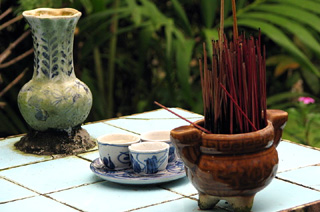
According to tradition, Vietnamese tea should be made with rainwater or, better yet, dewdrops collected from lotus leaves at dawn. A standard tea set includes a teapot, four small cups, and a large cup to be used for straining or pouring. The best tea sets are the blue and white ones from Bat Trang village on the outskirts of Hanoi, or the antique, dark yellow porcelain ones from Giang Xi province in China.
When making tea, always use boiling water and fill the teapot to overflowing. A shallow saucer should be placed under the teapot to catch the overflow, thereby warming the bottom of the teapot. When presented with a cup of hot tea, sip it slowly to enjoy the flavour.
See for Yourself
Watch the sun rise in Hoi An and the sun set in the Forbidden City. In between, take a truly marvelous stroll through one of the most beautiful places in the world, and sip on its traditions. On our epic Vietnam Walking trip, we take in all the highlights.
DETAILED ITINERARYVietnamese Green Tea
Typical Vietnamese green tea is known as “hook-shaped curly tea,” because the leaves curl up after roasting. Some people claim that the correct term is moc cau or “areca mould” tea, because the curly dried leaves have a thin white coat, like the mould on an areca palm leaf. Top-quality tea is called “Thai Nguyen tea,” since the plantations of Thái Nguyen province were said to produce the best tea in Vietnam. Today, tea from other areas—Hà Giang, Yèn Bái, Suoi Giang—rivals that from Thái Nguyen. A skilled tea plucker can gather 30 to 50 kg (66 to 110 lbs.) of green leaf tea in one day, enough to produce between 7.5 and 9 kg (16.5 to 20 lbs.) of dried tea.
MORE FROM Asia-Pacific + Vietnam

Biking in Cambodia with B&R Expert Guide Fin
Cambodia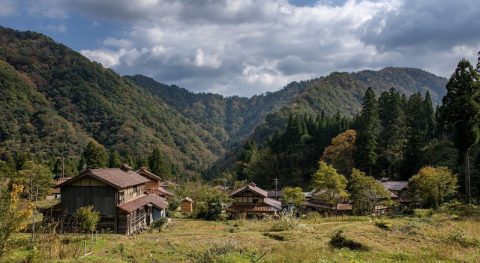
The Slow Fund: Rice Production with Ozuchi Village
Japan
Take a Virtual Ride on the Hai Van Pass in Vietnam
Vietnam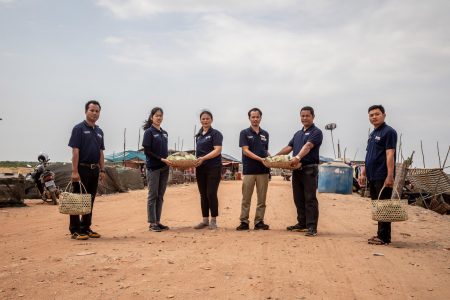
How Three Cambodian Hotels Are Joining Forces to Feed Their Communities
Cambodia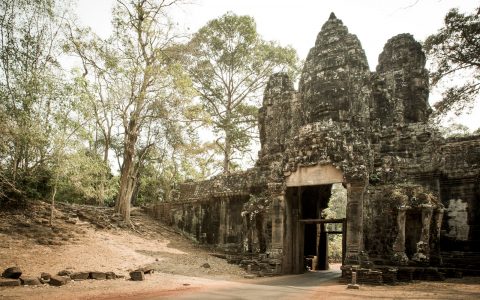
Meet Fin—B&R’s Expert Guide in Cambodia
Cambodia
An Insider’s Eye on Vietnam: What to See and What to Skip, According to our Vietnam Expert
Vietnam
Photo Essay: Exulting in Mongolia’s Eternal Blue Sky
Mongolia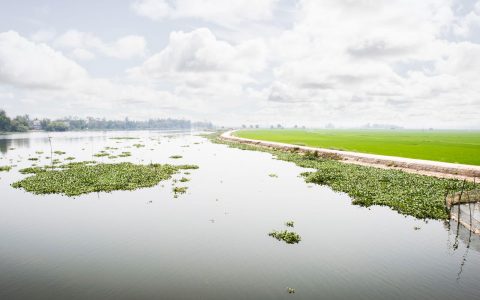
The Best Times of Year to Travel to Asia
Vietnam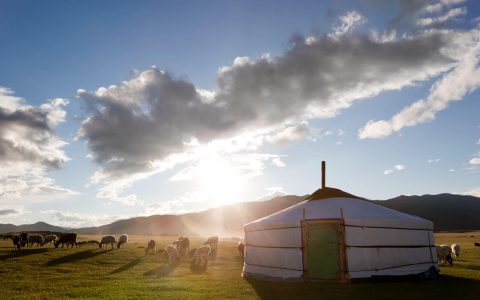
Chris Litt: On Mongolia and the Desire to Disconnect
Mongolia
Top 6 Multi-Day Walks in Australia
Australia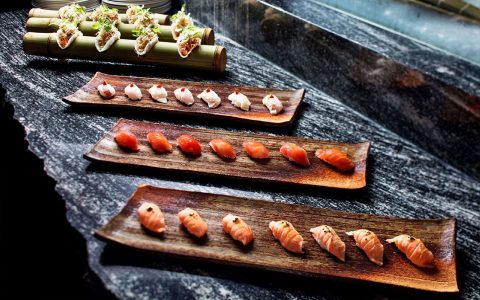
The 8 Best Restaurants in Auckland
New Zealand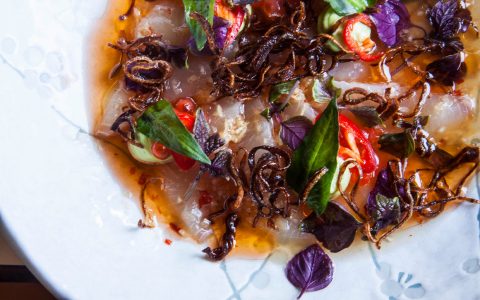
The 5 Best Restaurants in Wellington
New Zealand
8 Reasons Why You Need to Take an Australian Adventure
Australia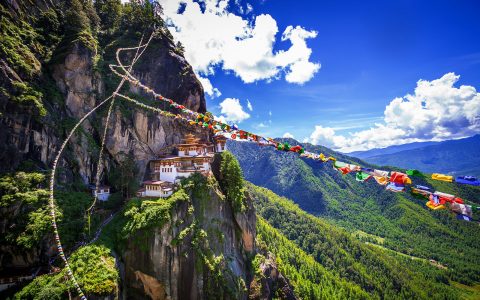
Cultural Quirks About Bhutan That Will Blow Your Mind
Bhutan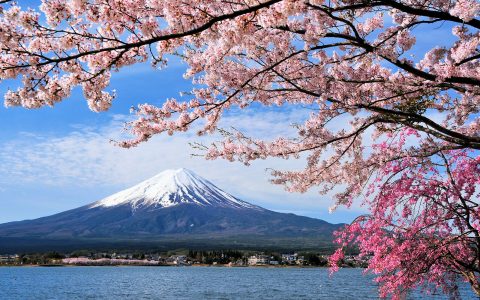
5 Things to Know Before You Go to Japan
Japan
8 Favourite Restaurants to Eat in Queenstown
New Zealand
10 Must-Try Australian Wines
Australia
Where to Eat in Hong Kong: 7 Best Restaurants
China
A Kiwi’s Guide to Enjoying New Zealand
New Zealand


